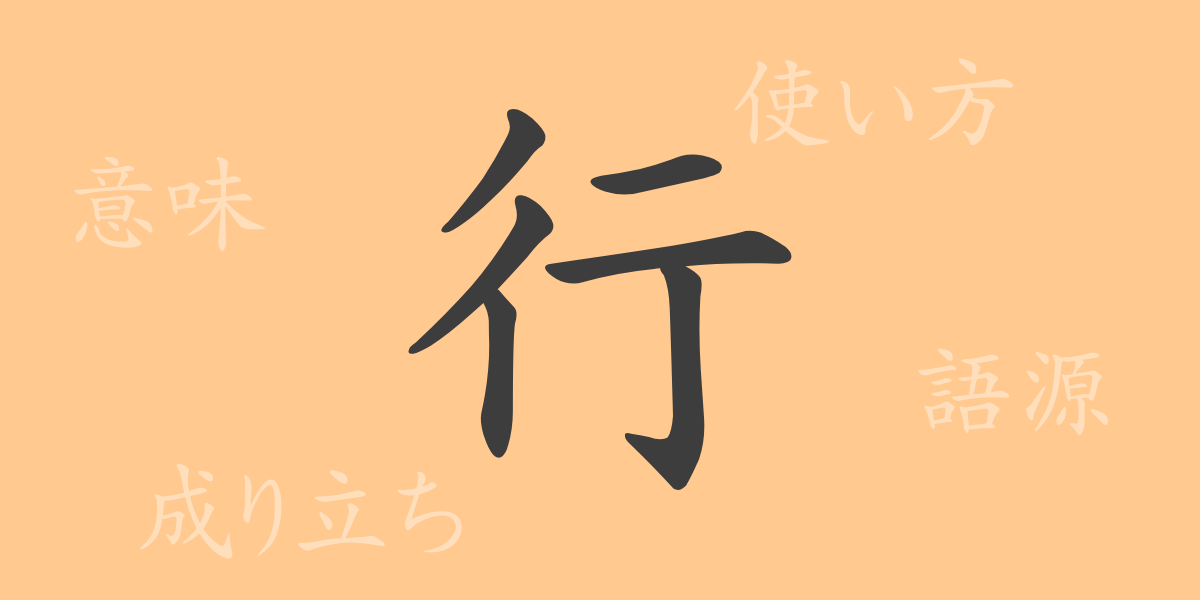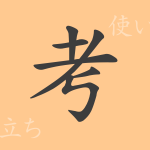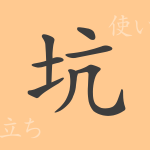The kanji in the Japanese language uniquely express meanings through their shapes and sounds. Among these, “行” (こう: kou) is deeply rooted in our daily lives and is used in many compounds and idiomatic expressions. In this article, we will delve into the origins of this kanji and its modern usage.
Origins of 行 (こう: kou)
The kanji “行” (こう: kou) has its origins in ancient China. Evolving from a pictogram, this kanji originally derived from a figure representing intersecting paths. Over time, its shape and meaning transformed, and it is now used to express concepts such as “to go” and “action.”
Meaning and Usage of 行 (こう: kou)
“行” (こう: kou) can be used as a verb meaning “to go” or “to perform an action,” as well as a noun representing actions or behaviors. As a verb, it appears in forms like “行く” (いく: iku, to go) and “行なう” (おこなう: okonau, to perform). As a noun, it is used in words like “行動” (こうどう: koudou, action) and “行為” (こうい: koui, behavior). It can also represent abstract concepts.
Readings, Stroke Count, and Radical of 行 (こう: kou)
The reading of “行” (こう: kou) changes depending on its usage.
- Readings: The on-yomi (Chinese readings) are “コウ” (こう: kou) and “ギョウ” (ぎょう: gyou), and the kun-yomi (Japanese readings) are “い・く” (いく: iku), “ゆ・く” (ゆく: yuku), and “おこな・う” (おこなう: okonau).
- Stroke Count: 6 strokes.
- Radical: The radical is 彳 (ぎょうにんべん: gyouninben).
Compounds, Idioms, and Proverbs Featuring 行 (こう: kou)
There are numerous compounds, idioms, and proverbs that include “行” (こう: kou). For example, “一行” (ひとゆき: hitoyuki) means “a small group of people,” “行事” (ぎょうじ: gyouji) refers to “an event with a specific purpose,” and “行方不明” (ゆくえふめい: yukuefumei) means “missing.” “行き過ぎる” (いきすぎる: ikisugiru) means “to go too far.” In proverbs, “行く年来る年” (いくとしくるとし: ikutoshikurutoshi) reflects the passage of time.
Conclusion on 行 (こう: kou)
The kanji “行” (こう: kou) is an important character that represents actions and concepts closely related to our daily lives. While its shape is simple, its meanings are rich and varied, making it a fundamental kanji in the Japanese language. Understanding this kanji is essential for learning the correct usage of words and expressions.

























